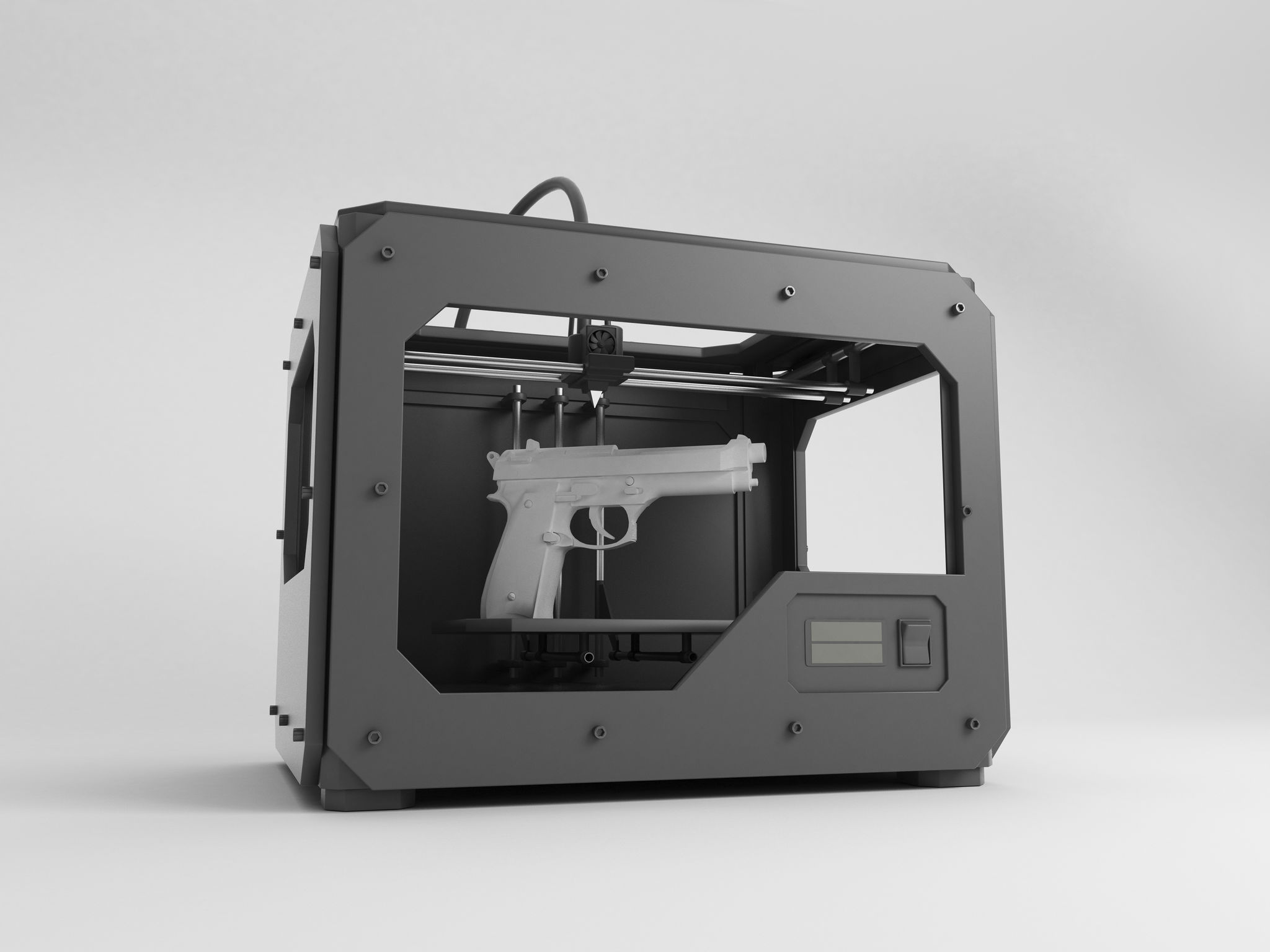Debunking Myths: What You Need to Know About 3D Printing
Understanding the Basics of 3D Printing
3D printing, also known as additive manufacturing, is a process that creates a physical object from a digital design. This technology has been around for decades but has only recently gained widespread attention due to its potential applications across various industries. Despite its popularity, there are several myths and misconceptions surrounding 3D printing that need to be addressed.

Myth 1: 3D Printing Is Only for Prototyping
One of the most common misconceptions about 3D printing is that it is only suitable for prototyping. While it's true that 3D printing is an excellent tool for creating prototypes quickly and cost-effectively, its applications go far beyond that. Today, industries like aerospace, healthcare, and fashion use 3D printing for end-use products. For example, 3D-printed medical implants and aerospace components demonstrate the technology's capability to produce functional and durable items.
Myth 2: 3D Printing Materials Are Limited
Another myth is that 3D printing materials are limited to basic plastics. In reality, the range of materials available for 3D printing is extensive and continually expanding. Some of the materials used today include metals, ceramics, glass, and even biocompatible materials for medical applications. The evolution of material science in 3D printing allows for greater versatility and innovation in manufacturing processes.
Cost and Accessibility of 3D Printing
Many people believe that 3D printing is prohibitively expensive and inaccessible for the average consumer. This was true in the early years of the technology; however, the cost of 3D printers has decreased significantly over time. Today, there are affordable desktop printers available for hobbyists and small businesses.

Myth 3: 3D Printing Is Slow
The perception that 3D printing is a slow process often deters individuals and businesses from exploring its potential. While some high-resolution prints may take several hours or even days to complete, advancements in technology have significantly reduced production times. Furthermore, when compared to traditional manufacturing methods that require tooling and setup time, 3D printing can be much faster in producing small batches or customized items.
The Future of 3D Printing
As technology advances, the potential applications of 3D printing continue to grow. From construction to food production, the possibilities are seemingly endless. Researchers and innovators are continuously finding new ways to leverage this technology to address complex challenges.

Myth 4: 3D Printers Can Print Anything
While it's tempting to believe that 3D printers can create anything imaginable with the push of a button, this is not entirely accurate. Designs must be carefully crafted using specialized software, and not all objects can be printed due to limitations in material properties and printer capabilities. However, ongoing research aims to overcome these limitations, expanding what is possible with this technology.
In conclusion, understanding the realities of 3D printing can help individuals and businesses make informed decisions about incorporating it into their processes. By debunking these myths, we can better appreciate the transformative potential of 3D printing and prepare for a future where it plays an even more significant role in our lives.